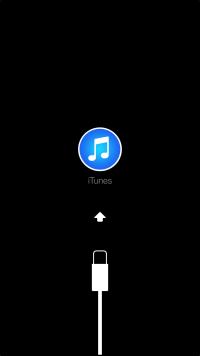

Keep holding them until you see connect to iTunes screen. On an iPhone 7 or iPhone 7 Plus: Press and hold the Side and Volume Down buttons at the same time.Then, press and hold the Side button until you see the connect to iTunes screen.

Press and quickly release the Volume Down button.
Recovery mode iphone 6 update#
The device has a problem installing an update (e.g.The device is locked because you exceeded the maximum number of attempts to enter device passcode, and “Connect to iTunes” message is displayed.The device has entered USB Restricted Mode, and you do not know the passcode.The device is locked the passcode is unknown, and you want to reset the device (data will be lost).In addition to those, the Recovery mode can be useful in the following situations: If your screen is stuck on the Apple logo for several minutes with no progress bar.iTunes doesn’t recognize your device or says it’s in recovery mode.

In particular, iBoot/Recovery mode allows connecting the device to the computer even if USB Restricted Mode was engaged on the device.Īpple recommends using Recovery mode if one of the following situations occurs: As iBoot does not load iOS, it also does not carry many iOS restrictions. iBoot responds to a limited number of commands, and can return some limited information about the device. iBoot can be used to flash the device with a new OS. The Recovery mode, also known as “second-stage loader”, boots the device in iBoot (bootloader) mode. In iOS, Recovery mode is a failsafe method allowing users to recover their devices if they become unresponsive. Both DFU and Recovery modes are intended for recovering iPhone and iPad devices from issues if the device becomes unusable, does not boot or has a problem installing an update. If you are involved with iOS forensics, you have probably used at least one of these modes.


 0 kommentar(er)
0 kommentar(er)
